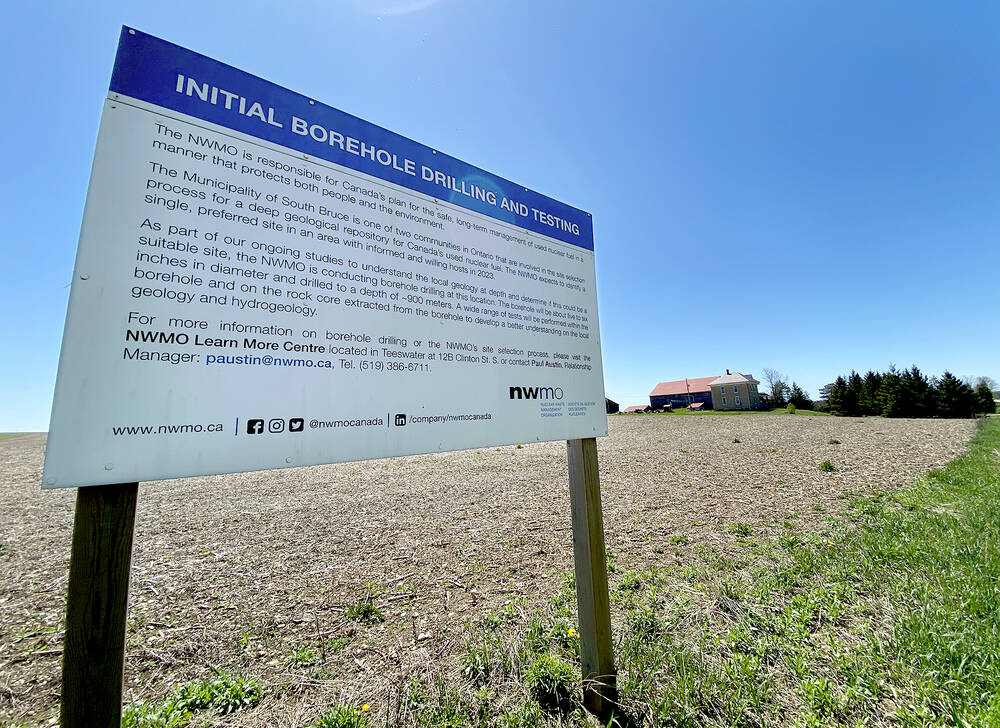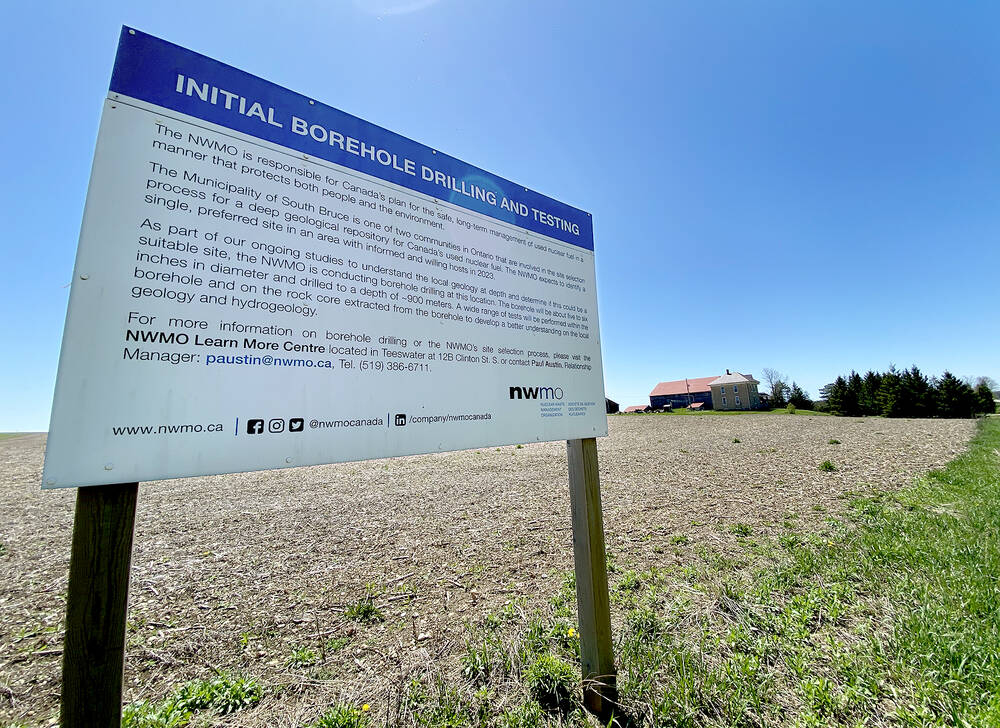Industry groups say Canada’s immigration cuts could hurt labour pool

Toronto | Reuters — Immigration cuts, meant to ease strained housing and social services, could hurt the country’s labor pool, some industry groups said yesterday.
Read Also


South Bruce votes on being a nuclear waste storage site
Municipality of South Bruce voters will decide if the community moves forward as a potential deep geological repository site for low-to-intermediate nuclear waste.
While Canada has long prided itself as a place that welcomes new immigrants, public opinion in the country has recently soured on immigration, which has been blamed for reducing housing affordability.
Canada is set to bring in 395,000 new permanent residents in 2025, 380,000 in 2026 and 365,000 in 2027, down from 485,000 in 2024, in the first multi-year reduction since Ottawa started laying out multi-year immigration levels in 2018.
Canada had planned to bring in 500,000 next year and the same amount in 2027.
Diana Palmerin-Velasco, senior director of the Future of Work with Canada’s Chamber of Commerce, expressed concern about the changes.
“I think we were able to officially avoid a recession because of immigration,” she said.
“There’s concern in the business community about the message that we are sending. You know, if we want more foreign investment, we need to have the people.”
Canada is also reducing the number of temporary residents by hundreds of thousands a year. The government hopes that more than 1 million people whose visas are set to expire in the coming years will leave of their own accord.
Small business owners’ heads are “spinning” from the change, the Canadian Federation of Independent Business said in a statement.
“CFIB is already receiving panicked calls from small business owners, including many who are heartbroken to have to say goodbye to their foreign workers who are already in Canada and whose visas are soon to expire.”
Prime Minister Justin Trudeau confirmed the cuts on Oct. 24, saying his government had gone too far in seeking to address post-pandemic labor shortages.
“We are acting today because in the tumultuous times as we emerged from the pandemic, between addressing labor needs and maintaining population growth, we didn’t get the balance quite right,” Trudeau told reporters.
Opinion polls show a growing number of Canadians think Canada is bringing in too many immigrants.
The federal Liberal government, trailing in polls ahead of an election that must be held by October 2025, has sought to clamp down on immigration.
The measures are expected to result in a population decline of 0.2 per cent in both 2025 and 2026 before returning to growth in 2027, the government said.
Cam Dahl, general manager of the Manitoba Pork Council, said he hopes there is room for regional variation.
“What’s good policy for Vancouver and Toronto is not going to be good policy for Notre-Dame-de-Lourdes or Brandon or Neepawa,” he said, referring to three Manitoba communities.
On hog farms, in trucking, in slaughter and processing plants, Dahl said, “new Canadians are absolutely essential.”
The immigration cuts are expected to reduce Canada’s housing supply gap by about 670,000 units by the end of 2027, according to the government.
In a note on Thursday, analysts at BMO bank said the move “will take stress off the economy and infrastructure that has become almost debilitating in recent years.”
The cuts to permanent residents make sense, said Mike Moffat, senior director of the Smart Prosperity Institute, a research network based at the University of Ottawa.
There may be an impact on the labor market, likely in the realm of entry-level jobs, he said. But there is also a danger cutting immigration could hit such key workforces as healthcare.
“The government will have to make sure that there’s still robust pathways, particularly in the healthcare sector, because we could see shortages there otherwise,” Moffatt said.
— Additional reporting by David Ljunggren and Promit Mukherjee
Source: Farmtario.com

